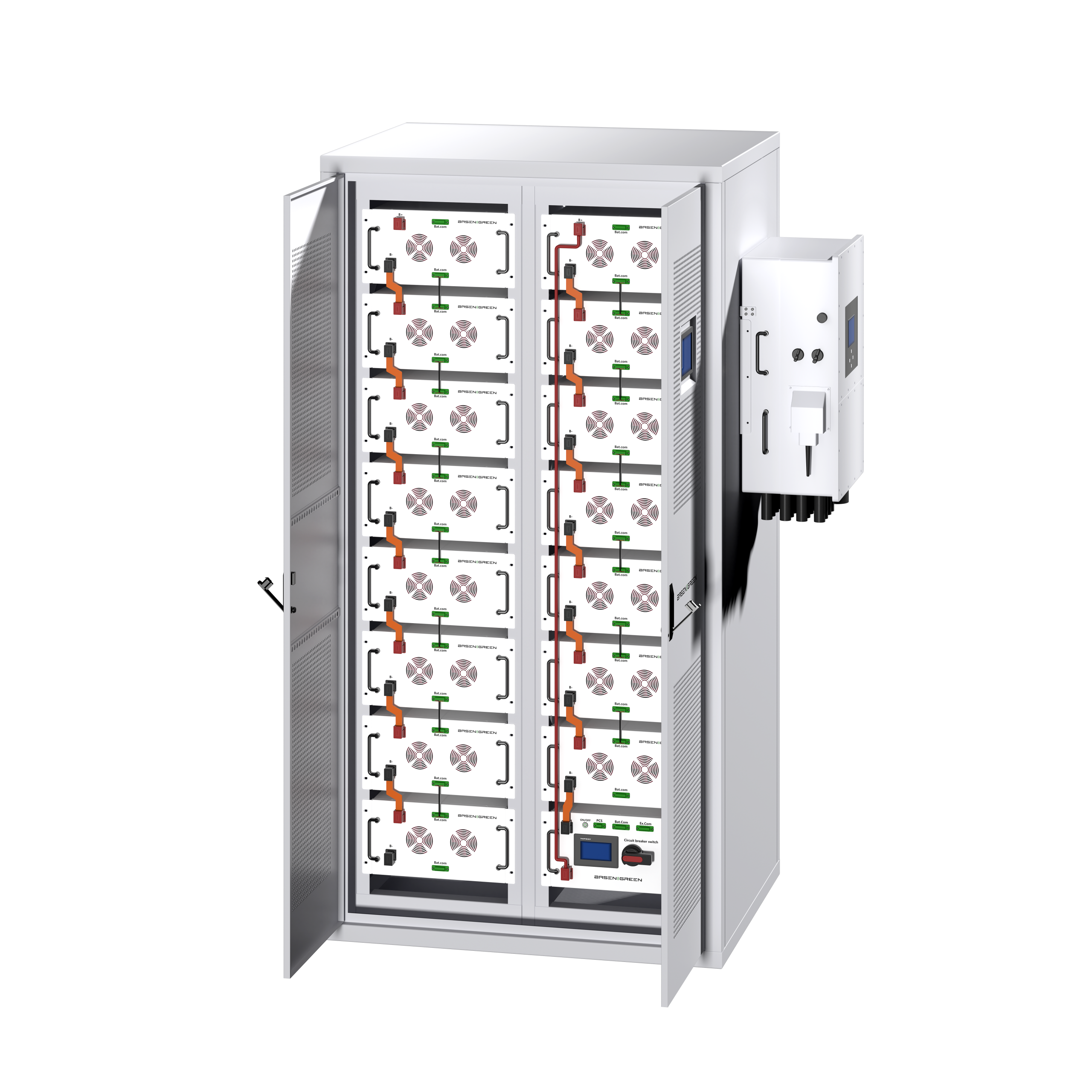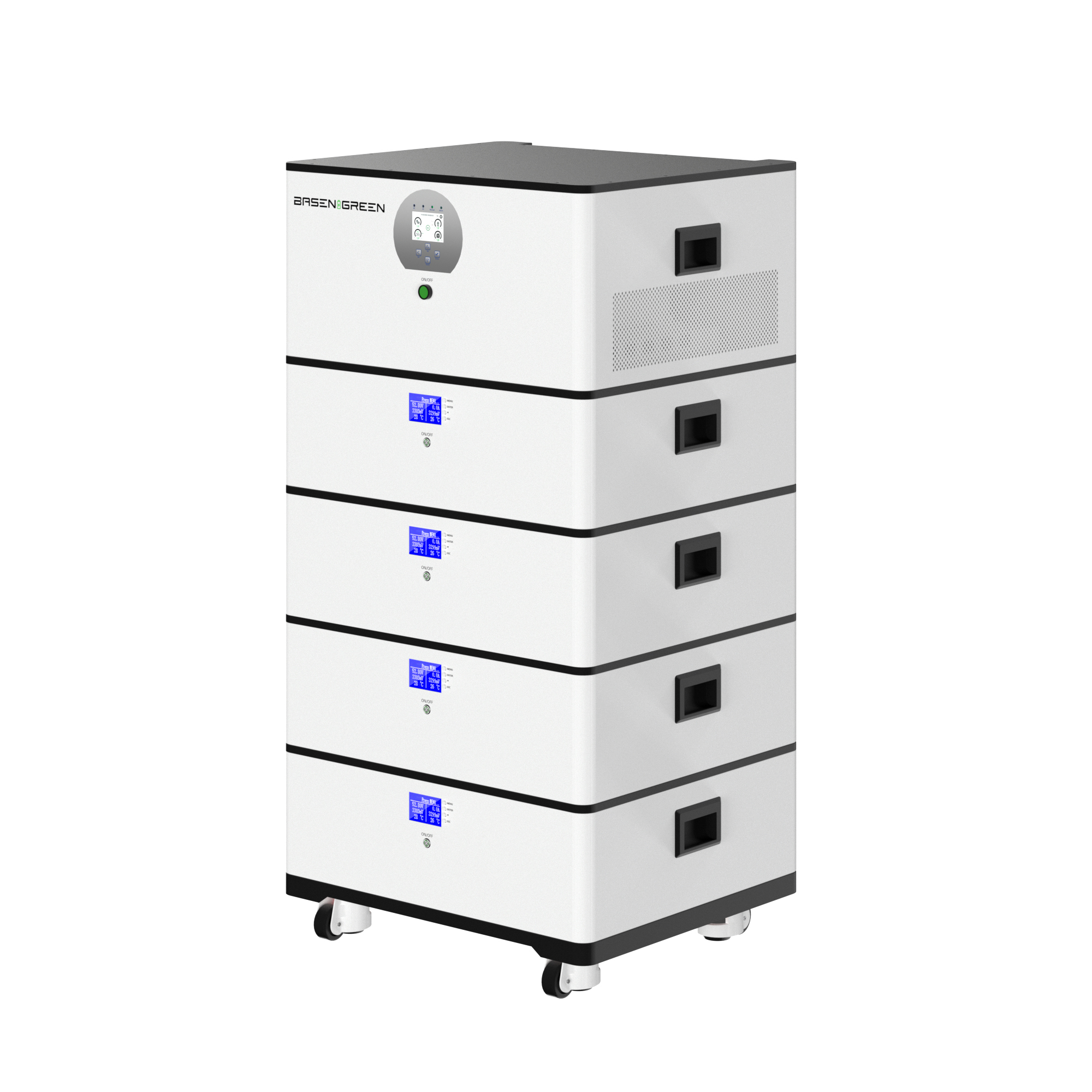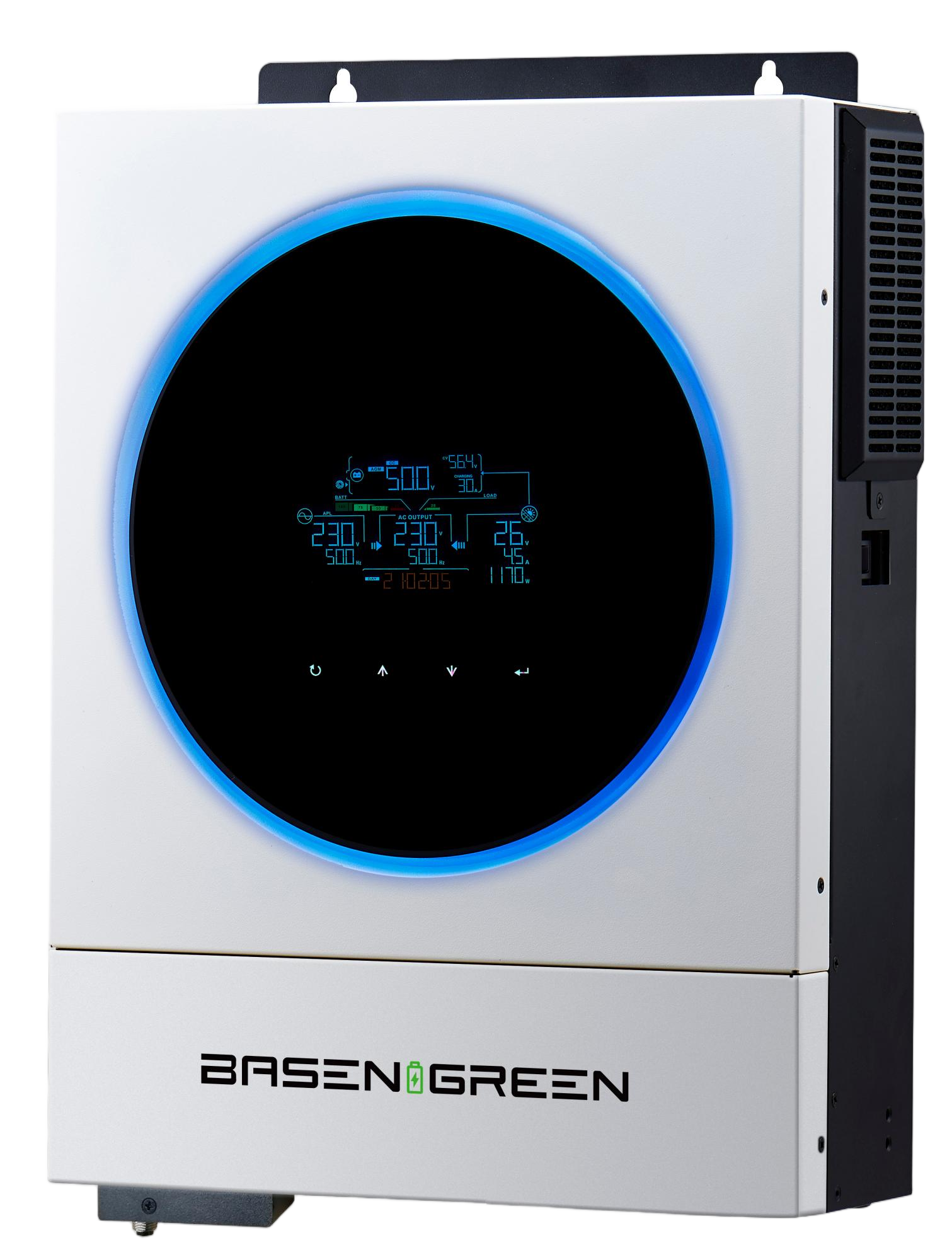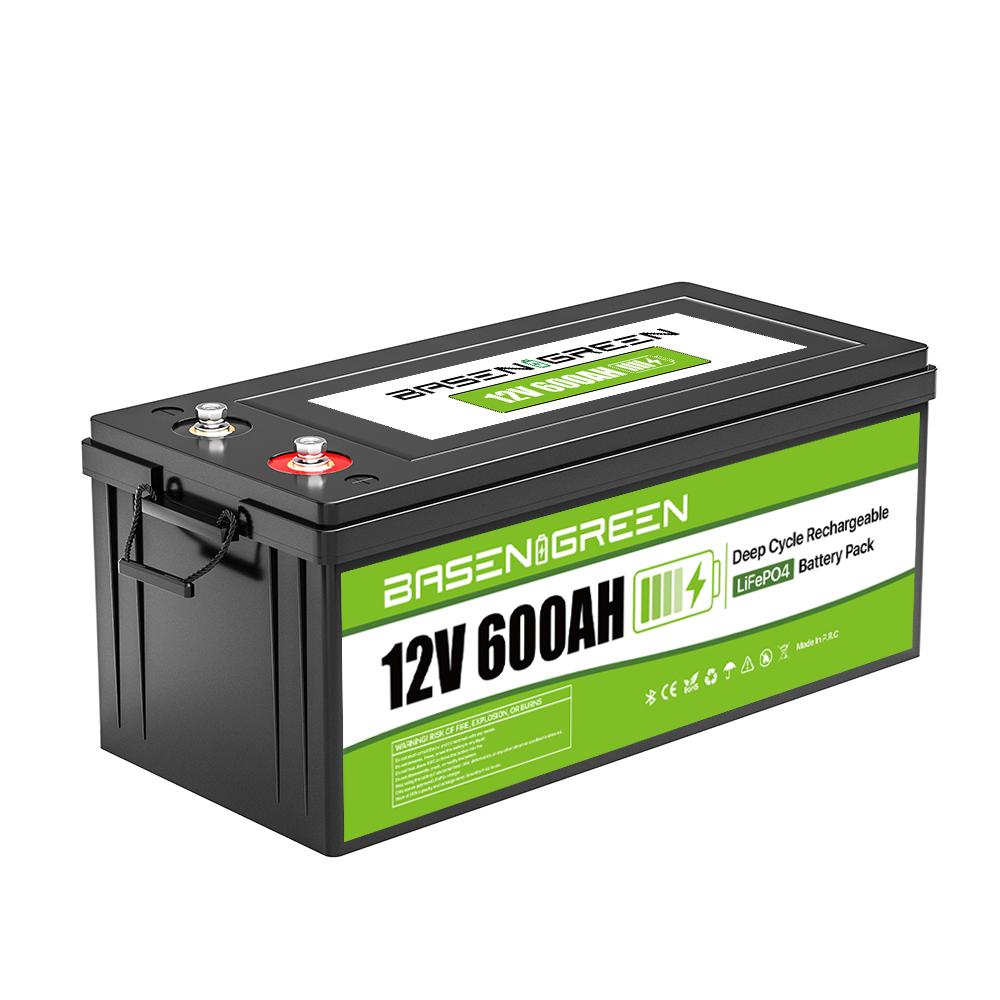**
Understanding Battery Cluster Efficiency: The Key to Efficient Industrial Energy Storage In the ever-evolving world of energy storage and industrial applications, efficiency plays a pivotal role in maximizing performance and minimizing operational costs. Among the various technologies employed, battery clusters have emerged as a game-changer for industries seeking sustainable and reliable energy solutions. This article delves into the intricacies of battery cluster efficiency, exploring its significance, how it operates, and the factors that contribute to its effectiveness. By the end of this article, you will gain a deeper understanding of why battery clusters are becoming a preferred choice for industrial energy storage systems.
What is a Battery Cluster?
A battery cluster, or a battery bank, refers to a combination of multiple lithium-ion batteries connected together to achieve specific energy storage objectives. These clusters are widely used in industries such as manufacturing, automotive, and renewable energy to store excess energy and ensure a stable power supply. The efficiency of a battery cluster is a measure of how effectively it converts electrical energy into usable form and vice versa, minimizing energy losses.
The Importance of Battery Cluster Efficiency
Battery cluster efficiency is crucial for several reasons:
Energy Loss Reduction: Batteries are not 100% efficient; some energy is lost during charging and discharging. A highly efficient cluster minimizes these losses, ensuring that more of the energy stored is available for its intended purpose.
Operational Efficiency: In industries where continuous power supply is essential, such as manufacturing plants or data centers, a battery cluster with high efficiency ensures uninterrupted operations.
Environmental Sustainability: By reducing energy losses, battery clusters contribute to lower carbon emissions and more sustainable energy practices.
Cost-Effectiveness: Efficient battery clusters can reduce the overall cost of energy storage solutions by extending the useful life of each battery and minimizing the need for frequent replacements.
How Battery Cluster Efficiency Works
A battery cluster consists of several individual batteries connected in series or parallel to meet specific voltage and capacity requirements. The efficiency of the cluster depends on the efficiency of each individual battery and the way they are connected.
Individual Battery Efficiency: Each lithium-ion battery within a cluster has its own efficiency, which is influenced by factors such as temperature, charge/discharge rates, and the state of health of the battery.
Cluster Configuration: The way batteries are connected—whether in series, parallel, or a combination of both—affects the overall efficiency. Proper configuration ensures optimal energy storage and retrieval.
Energy Management Systems (EMS): Advanced energy management systems are employed to monitor and optimize the performance of the battery cluster. These systems ensure that energy is distributed efficiently among the clusters, minimizing losses.
Factors Affecting Battery Cluster Efficiency
Several factors can influence the efficiency of a battery cluster:
Battery Age and Condition: Over time, batteries degrade, leading to a decline in efficiency. Proper maintenance and timely replacements are essential to maintain peak performance.
Charge and Discharge Rates: Higher charging and discharging rates can reduce a battery’s efficiency. Batteries are best performing when charged/discharged within recommended limits.
Environmental Conditions: Temperature fluctuations, humidity, and other environmental factors can impact battery performance and efficiency.
Technology Used: Advances in battery technology, such as faster charging capabilities and improved cell architectures, are driving improvements in cluster efficiency.
Maximizing Battery Cluster Efficiency
Achieving high efficiency in a battery cluster requires a combination of factors:
Optimal Battery Selection: Choosing high-quality, low-aging batteries is crucial for maintaining efficiency over time.
Advanced Energy Management: Implementing EMS ensures that energy is distributed optimally among clusters, balancing load and minimizing waste.
Regular Maintenance: Regular checks and maintenance of the battery cluster can prevent premature degradation and extend its operational efficiency.
Adopting Smart Grid Technologies: Integrating smart grid technologies allows for real-time monitoring and control of energy storage systems, further enhancing efficiency.
The Future of Battery Cluster Efficiency
As the demand for reliable and sustainable energy storage solutions increases, so does the need for more efficient battery clusters. Innovations in battery technology, coupled with smarter energy management systems, will play a pivotal role in achieving higher efficiencies.
In conclusion, battery cluster efficiency is a critical factor in ensuring the success of industrial energy storage systems. By understanding the principles that drive efficiency and implementing measures to optimize it, industries can achieve significant energy savings, reduce operational costs, and contribute to a more sustainable future.
If you want to explore this topic further or need more detailed insights, feel free to refer to industry reports or consult experts in energy storage and battery technology. The future of energy storage is bright, and the role of battery cluster efficiency will only grow more important.






